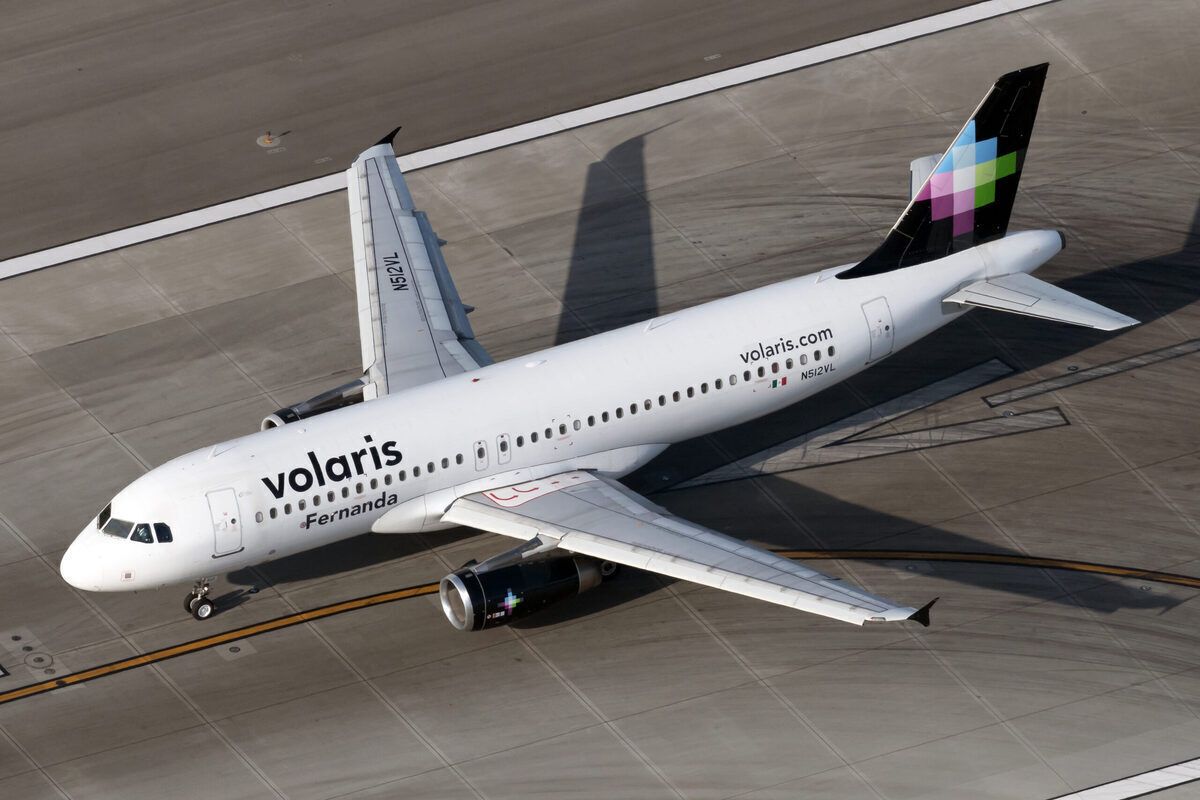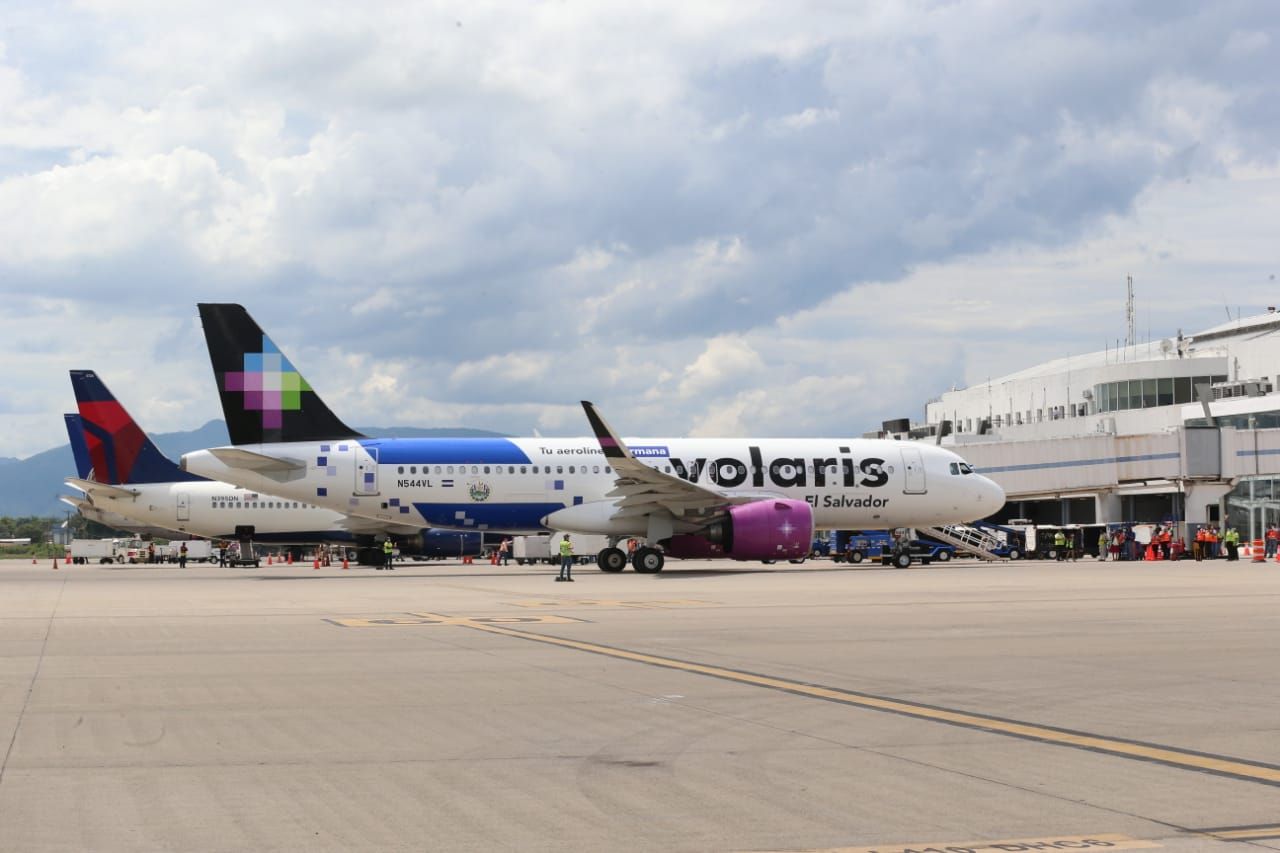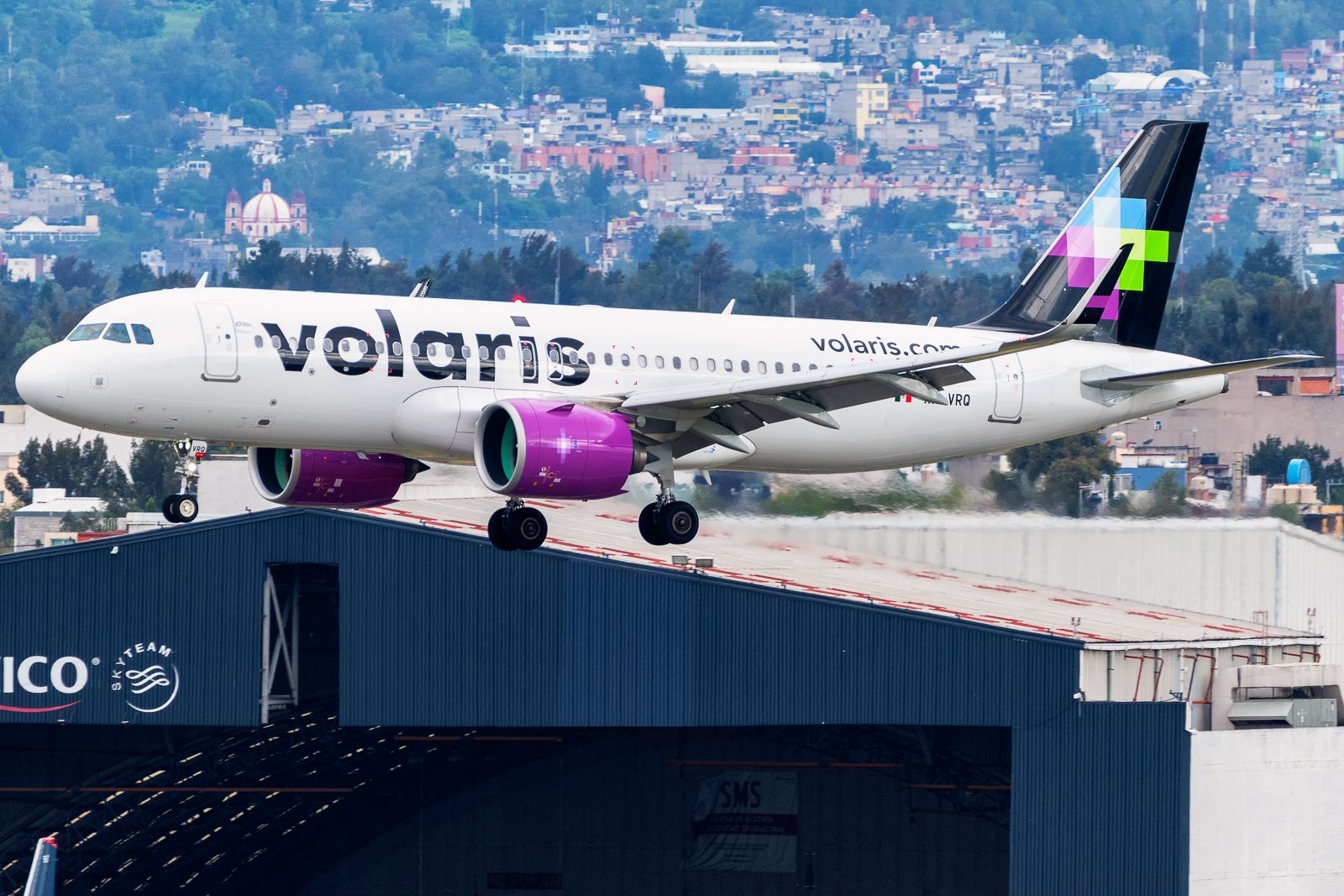The Mexican ultra-low-cost carrier Volaris had a net profit of US$75 million during 2021’s third quarter, according to its latest financial results. Volaris was one of the first airlines worldwide to bounce back into profitability after the COVID-19 crisis; the carrier had a net profit of US$78 million in the second quarter. Let’s investigate further.
Volaris roaring back to profitability
Volaris bounced back from the COVID-19 pandemic faster than many carriers in the world. The airline had everything going their way, including the cease of operations of one competitor (Interjet) and another filing for Chapter 11 bankruptcy (Aeromexico). Volaris also benefited from the lack of travel restrictions imposed by the Mexican Government.
Currently, the airline has recovered its pre-pandemic traffic figures. It is already carrying 5.5% more passengers than it did in 2019 when it had record numbers.
In 2021’s third quarter, Volaris had operating revenue worth US$631 million. The carrier posted a net profit of US$75 million and increased its liquidity from US$532 million to US$624 million.
Following the results, Volaris’ CEO, Enrique Beltranena, said, during the investors’ call,
“We demonstrated, once again, the flexibility and capacity of Volaris to adapt itself and face a challenging environment in terms of demand, redistributing it to the appropriate markets. Additionally, we have obtained solid quarterly results, in line with our ambitious objectives.”
Volaris' fleet
Volaris has an ambitious fleet plan for the next few years. It has one of the most significant Airbus orders in Latin America.
During the third quarter, Volaris took delivery of two Airbus A320neo aircraft, the carrier stated. By the end of the quarter, Volaris’ fleet was composed of 94 aircraft. The airline has six A319, 72 A320, and 16 A321. Some of the A319s and one A320 operate with Volaris’ branches in Central America (Costa Rica and El Salvador, respectively).
Hear from aviation’s movers and shakers. Book your free ticket for the Future Flying Forum!
What to expect going forward?
Despite the slow in demand due to the increase in COVID-19 cases in Mexico and the United States, Volaris expects to continue growing in 2021 and 2022, the airline said.
Volaris will have a capacity exceeding its pre-pandemic levels. Moreover, the low-cost carrier expects to maintain its liquidity levels at around 30% of its full-year operating revenues.
Volaris CEO, Enrique Beltranena said,
“Our ultra-low-cost business model has proved its resiliency during hard times and still has an important growth margin.”
During the quarter, Volaris introduced new routes like Mexico City-Bogota and launched operations with its latest branch in El Salvador. Going forward, the airline will focus its growth on the Mexican domestic market. Nevertheless, Volaris believes there’s a solid opportunity to focus on the Central American-US market. It will add new routes to connect the Central American populations distributed in the United States.
“We’re encouraged by the booking curve. Although vaccination continues, we continue to see COVID cases in Mexico and our markets”, Volaris’ Executive vice-president, Holger Blankenstein, said, adding that this adds uncertainty to the market.
Finally, regarding the possibility of an alliance with a full-service carrier, Volaris’ Enrique Beltranena said no. The low-cost carrier is doing fine right now and does not need to get into an agreement like JetSMART did recently with American Airlines, or Sky Airline is suspected of doing with Avianca.
What do you think about Volaris’ 3Q results? Let us know in the comments.



